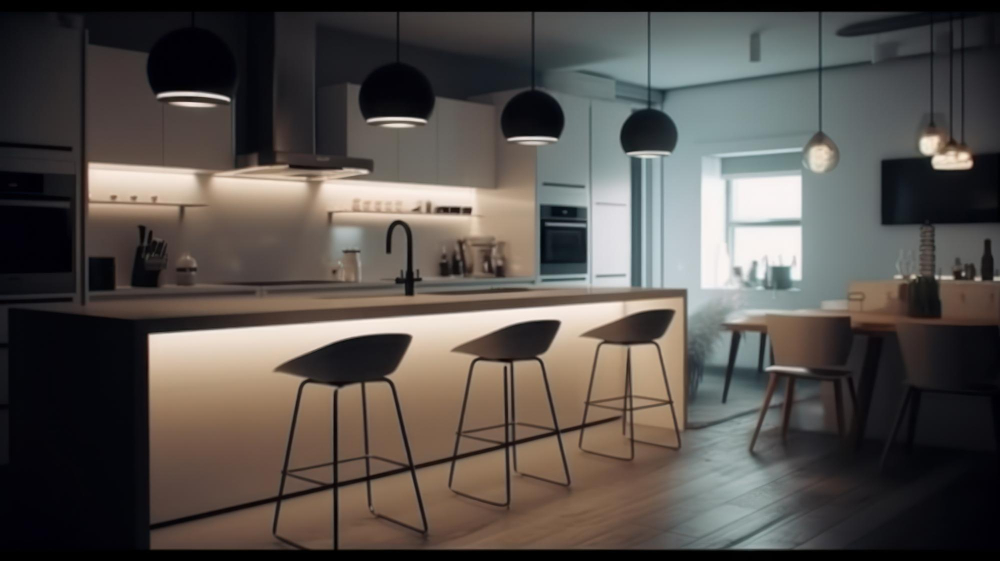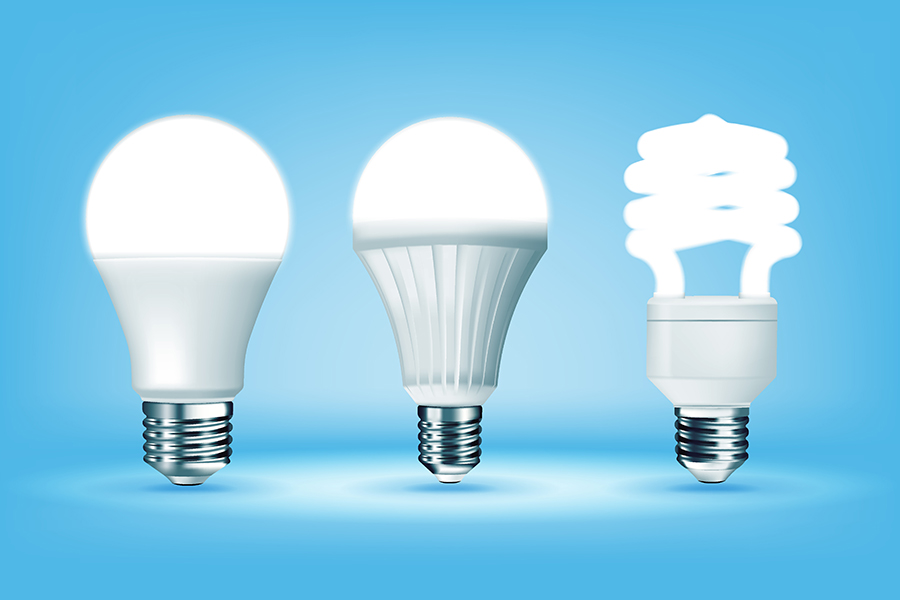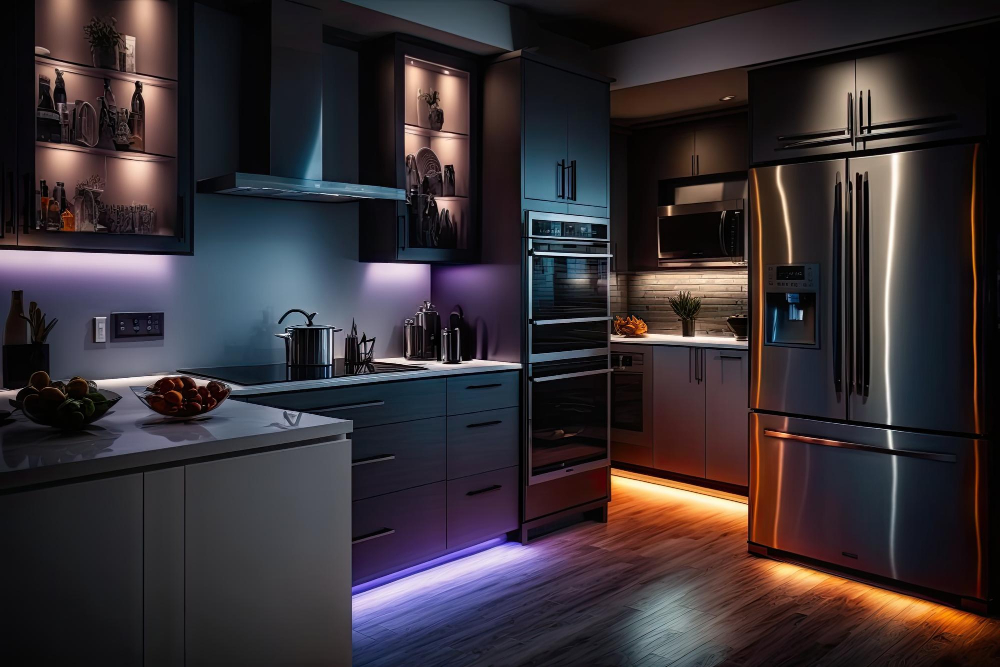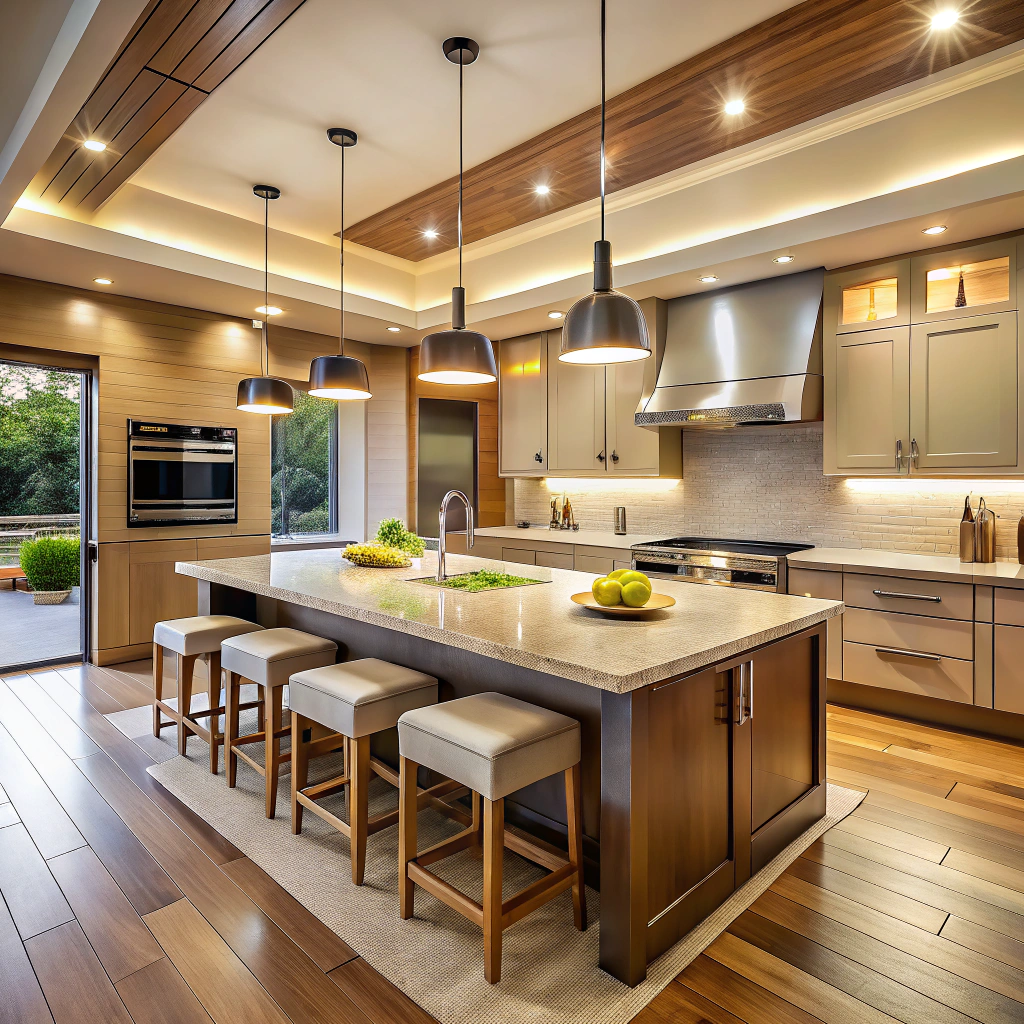Last updated on
Discover the key differences between under-cabinet and over-cabinet lighting. Delve into their unique benefits for enhancing your kitchen space.
Are you looking to add some extra flair to your kitchen decor? Lighting is often the key ingredient that can transform a dull and drab space into a warm and inviting one. But with so many lighting options availabldecidingide which one is right for your ne can be challengingeds.
In this article, we’ll explore the pros and cons of two popular types of kitchen lighting: under-cabinet lighting and over-cabinet lighting. By the end of this article, you’better understand of which type of lighting will work best for your kitchen design goals.
So let’s get started!
Key takeaways:
- Under-cabinet lighting improves visibility and creates ambiance.
- Over-cabinet lighting adds depth and versatility to your space.
- Under-cabinet lights are easier to install than over-cabinet lights.
- Under-cabinet lighting is more energy-efficient than over-cabinet lighting.
- Under-cabinet lighting focuses on workspaces, while over-cabinet lighting provides overall glow.
What's Inside
Under-Cabinet Lighting Benefits

Under-cabinet lighting is a popular choice for homeowners looking to add extra illumination to their kitchen space. This type of lighting is installed underneath the upper cabinets, providing direct light onto the countertop below.
One of the most significant benefits of under-cabinet lighting is that it can improve visibility while cooking or preparing food, making it easier to see what you’re doing and reducing eye strain.
Another advantage of under-cabinet lighting is that it can create a warm and inviting ambiance in your kitchen. By adding soft LED lights beneath your cabinets, you’ll be able to set just the right mood for any occasion – whether you’re hosting a dinner party or enjoying an intimate meal with family.
Under-cabinet lights are relatively easy to install compared with other types of kitchen fixtures such as pendant lamps or chandeliers. You don’t need any special skills or tools; all you need are some basic electrical wiring knowledge and simple hand tools like screwdrivers and pliers.
Over-Cabinet Lighting Advantages

This type of lighting involves installing light fixtures above the cabinets, which can create an eye-catching display that draws attention upward and adds depth to your space. One of the main advantages of over-cabinet lighting is that it’s relatively easy to install compared with under-cabinet options.
Since you don’t have to worry about wiring or drilling into your cabinetry, you can often complete this project in just a few hours.
Another advantage of over-cabinet lighting is its versatility when it comes to design options. You can choose from a wide range of styles and colors, including LED strip lights or puck lights that come in various hues such as warm white or cool white tones depending on what ambiance you’re trying achieve.
Over-cabinets are ideal for highlighting decorative items like vases, plants and other accessories placed on top shelves while also providing ambient illumination throughout the room without being too harsh on eyesight during nighttime use.
Installation Differences

Under-cabinet lights can be installed directly onto the underside of your cabinets with screws or adhesive strips. This type of installation requires minimal wiring and can often be done without professional help.
On the other hand, installing over-cabinet lighting may require more extensive electrical work as they are typically mounted on top of cabinets or crown molding. This means that you’ll need to run wires through walls or ceilings to connect them properly.
If you’re not comfortable working with electricity, it’s best to hire a licensed electrician for this type of installation. However, if you have experience in electrical work and feel confident in your abilities, then installing over-cabinet lights yourself could save you some money.
Energy Efficiency Comparison

Under-cabinet lighting typically uses LED bulbs that consume less energy than traditional incandescent bulbs used in over-cabinet lighting. This means that under-cabinet lights are more cost-effective and eco-friendly in the long run.
Moreover, under-cabinet lights can be installed with motion sensors or timers which automatically turn off when not needed, further reducing electricity consumption. On the other hand, over-cabinet lights tend to stay on for longer periods of time as they are often used as ambient light sources rather than task-oriented ones.
In terms of wattage usage per hour (W/h), a typical LED bulb consumes around 0.5 W/h while an incandescent bulb can use up to 60 W/h depending on its brightness level and size.
Aesthetics and Ambiance

Both under-cabinet and over-cabinet lighting can add an extra layer of ambiance to your space, but they do so in different ways.
Under-cabinet lighting is perfect for illuminating workspaces such as countertops or stovetops. It provides direct light that helps you see what you’re doing while cooking or preparing food.
This type of lighting also creates a cozy atmosphere by casting soft shadows on the walls.
On the other hand, over-cabinet lighting adds more indirect light that bounces off the ceiling or upper cabinets’ surface. This type of illumination creates an overall glow throughout the room rather than focusing on specific areas like under cabinet lights do.
Ultimately, choosing between these two types of kitchen lights depends on personal preference and design goals.
Cost Analysis

Under-cabinet lights are available in a wide range of prices, from budget-friendly options to high-end models with advanced features. The installation process for under-cabinet lights is also relatively simple and can be done without professional help.
On the other hand, over-cabinet lighting tends to be more expensive due to the additional materials required for installation and wiring. It may also require professional assistance during installation which adds up on costs.
However, it’s important not just to consider upfront costs but long-term expenses as well. Over time, energy-efficient LED bulbs used in both types of cabinet lightings can save you money on your electricity bill compared with traditional incandescent bulbs.
Maintenance Considerations

Under-cabinet lights are installed in a way that makes them more susceptible to dust and grease buildup. This means that they require regular cleaning and upkeep, which can be time-consuming.
On the other hand, over-cabinet lights are less prone to dirt accumulation since they’re not directly exposed to cooking fumes or splatters. However, changing bulbs on these fixtures may prove challenging due to their height.
It’s important also note that both types of lighting require occasional bulb replacements as well as checking for loose connections or wiring issues.
When deciding between under-cabinet and over-cabinet lighting options for your kitchen space – maintenance should be one of the factors you take into account before making a final decision.




